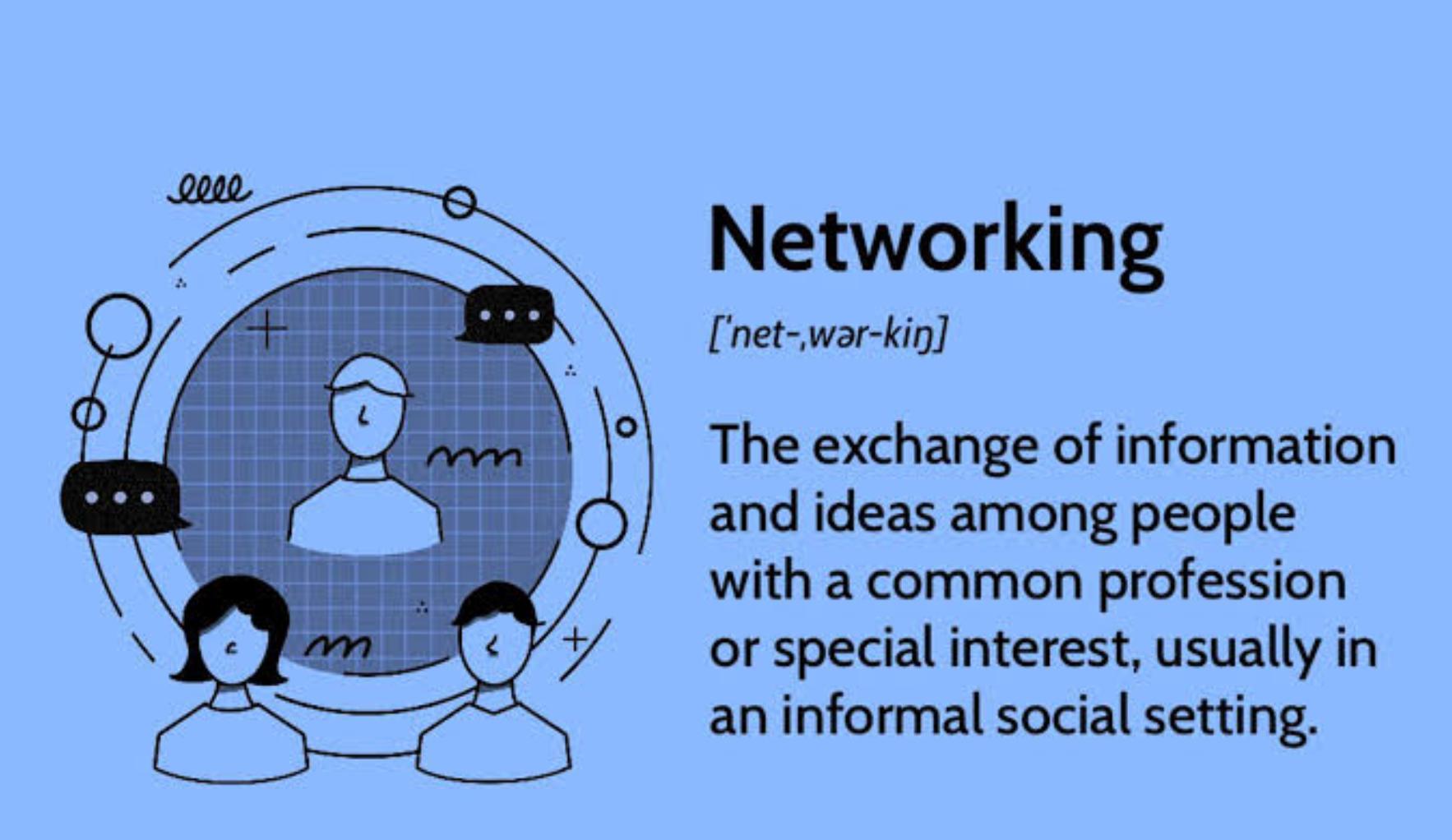Introduction:
Networking refers to the process of establishing connections between computers, servers, and other devices to enable the sharing of information, resources, and services. Networking has become an essential aspect of modern communication and is widely used in both personal and professional settings. In this article, we will discuss the basics of networking, including the types of networks, the components of a network, and the different protocols used in networking.
Types of Networks
There are several types of networks, including local area networks (LANs), wide area networks (WANs), and metropolitan area networks (MANs). LANs are used to connect devices in a small geographic area, such as a home or office, while WANs connect devices across large distances, such as across different countries or continents. MANs are used to connect devices in a specific geographic area, such as a city or campus.
Components of a Network:
The components of a network include devices such as computers, servers, routers, switches, and hubs. Computers and servers are the endpoints of a network, while routers, switches, and hubs are used to manage the flow of data between devices. Routers are used to connect networks together, while switches and hubs are used to connect devices within a network.
Protocols Used in Networking:
Protocols are the rules and standards used to govern the exchange of data between devices in a network. Some common protocols used in networking include:
- Transmission Control Protocol/Internet Protocol (TCP/IP): TCP/IP is the most widely used protocol in networking and is used to govern the exchange of data over the internet.
- User Datagram Protocol (UDP): UDP is used for applications that require fast and efficient data transmission, such as online gaming and video streaming.
- File Transfer Protocol (FTP): FTP is used to transfer files between computers and servers
- Simple Mail Transfer Protocol (SMTP): SMTP is used for sending and receiving email.
Conclusion:
Networking is an essential aspect of modern communication and enables the sharing of information, resources, and services across different devices and networks. Understanding the different types of networks, the components of a network, and the protocols used in networking is crucial for anyone who wants to establish and maintain a network. As technology continues to evolve, networking will continue to play a vital role in connecting people and devices around the world

